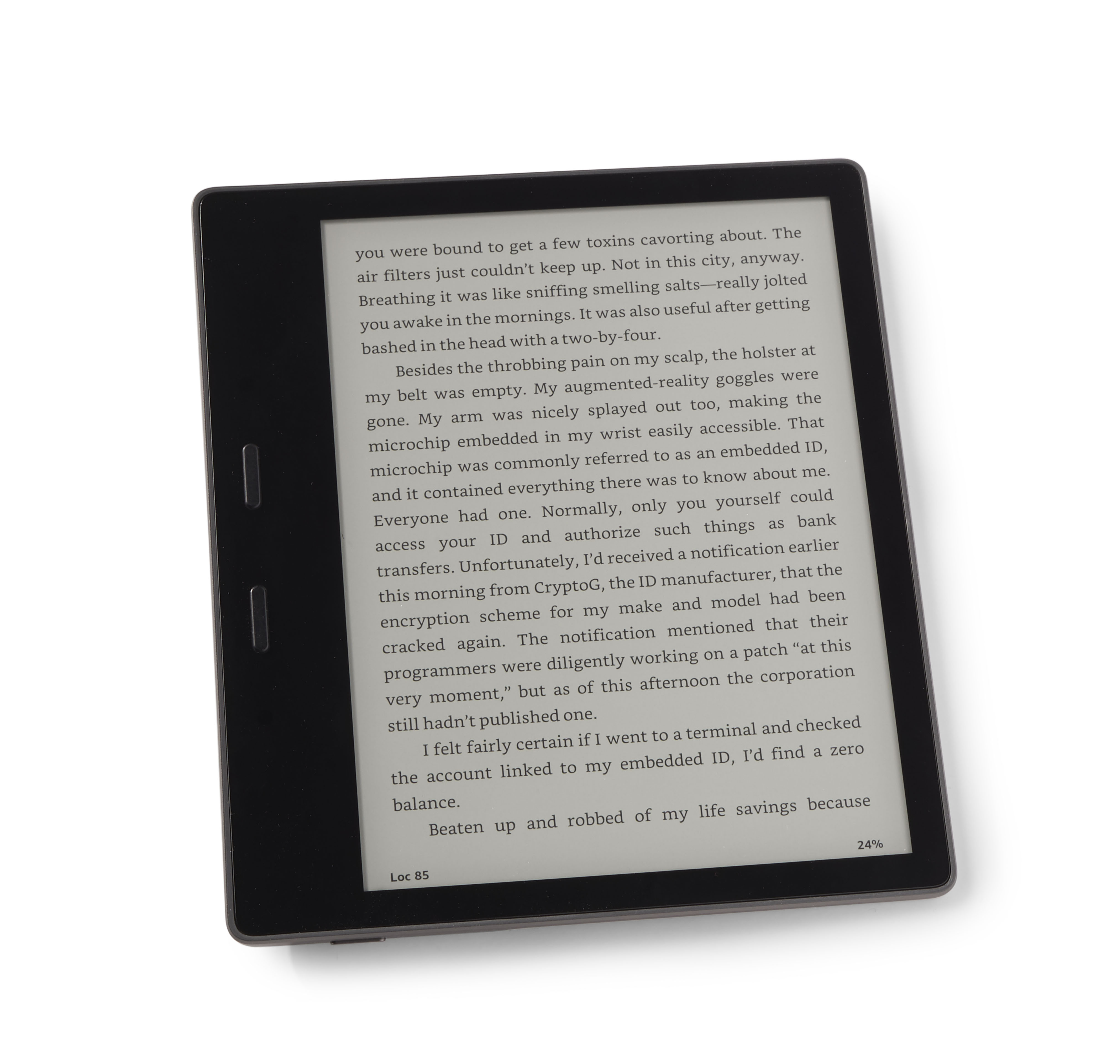If you’ve read about E Ink, you’ve probably heard about the attributes which make our technology unique – paper-like screen, low power, thin form factor… but what does this really mean?
First – let’s get some preliminaries out of the way, for those of you unfamiliar with our technology and how it works.
Our technology is not LCD – and it’s not trying to be. While there are several different types of LCDs, the basic premise behind them is the same. To use a very simplified explanation – in Liquid Crystal Displays (LCDs), crystals are suspended between layers of glass – a top plane glass, a TFT glass layer and a polarizer layer. When a charge is applied by the electronics, the crystals twist. However, this alone doesn’t allow a viewer to see an image; for that, light is needed. Most LCDs use a backlight; this light sits behind the TFT and, depending on the crystal’s alignment against the polarizer, will either allow the light to flow through the display, or block the light, thereby making an image visible to you.
In contrast, E Ink displays are made up of literal electronic ink – ink capsules containing black and white pigments that are charged positive and negative, which are then laminated in a single layer onto a film. That film is then laminated onto a TFT. When the electronics calls for an image to be displayed, the ink particles move up or down within their capsules, displaying the image for you to see. No backlight is needed for the viewer to see the image.
The differences in these 2 technologies translate into several attributes that E Ink contains, which LCDs do not, and visa versa.
Over the next few postings we’ll discuss those attributes in detail, but today we will focus on the paper-like attribute.
By paper-like screen, we at E Ink mean just that – it’s like paper. We make a reflective display – it uses the ambient light around us, and reflects that light off of the pigments used in our ink back to you. In this regard, we consider our technology paper-like, as this reflectivity is the same attribute your printed page has today.
In addition, we use similar pigments to those used in printed paper – the white of our ink is similar to the pigments used to make your paper white, and the black of our ink is similar to those in the ink used to print books.
By calling ourselves “paper-like” we are highlighting a key feature we believe makes your reading experience better – we mimic newsprint and paper-back books, and the user experience is closer than that of any other display technology to traditional paper.
Now, there are people who point out our screens are not the intense white of the paper you put in your printer – and this is indeed the case. That paper is predominately used in a business or home environment, and the paper is highly bleached so that color ink shows up more brightly on it. However, if you put your eReader next to a newspaper, or paperback book, you will see that our contrast ratio is indeed better.
In contrast, your LCD is brighter, and more colorful than traditional paper. This is due to the intense backlighting used. The infusion of this light creates a stronger contrast ratio and color gamut – but it’s also part of why you may feel tired after staring at your computer all day – you are literally looking into a light.
Using an E Ink screen in your reading device is as close as you will get to paper with an electronic device. And this is an important distinction. There are still many people who prefer paper books for reading – they like the form factor – the smell, the tactile feel of pages between their fingers. They like looking at the spines of the books in their book shelves, and seeing the history of their reading habits displayed on a wall.
However, for those who enjoy a reading experience closer to that of paper, with the added benefit of resizable fonts, an in-book dictionary and the ease of carrying a library with them on their business, personal or commuting trips, an eReader is a compelling new choice.
What do you think? Do you think E Ink’s ePaper looks closer to the printed page than your LCD?


Leave Comment